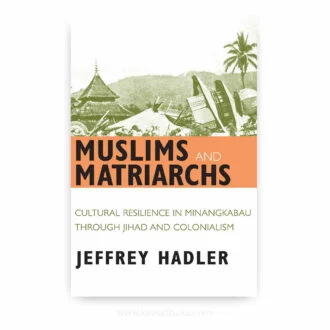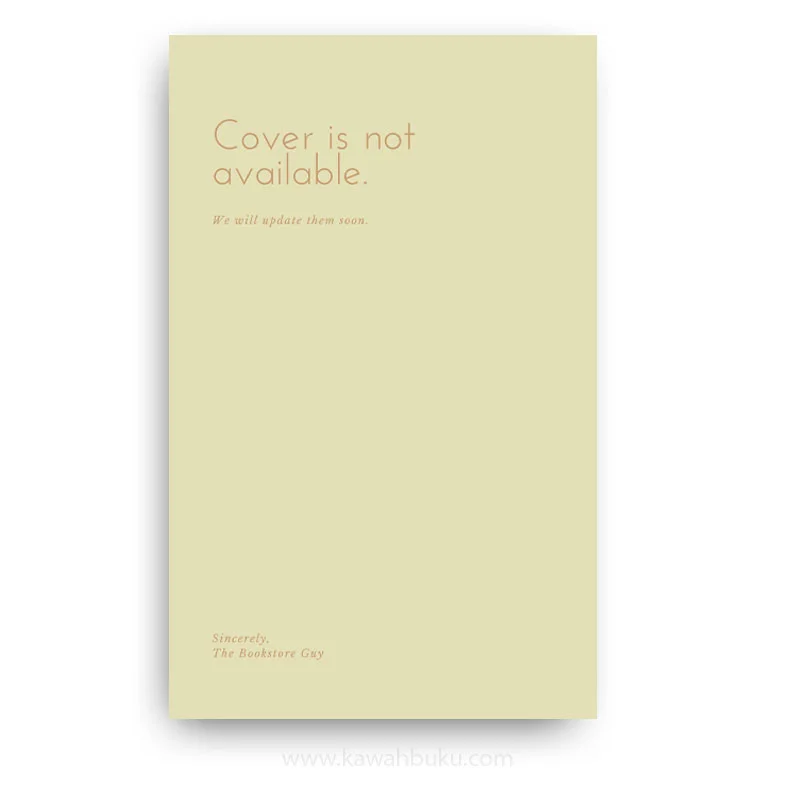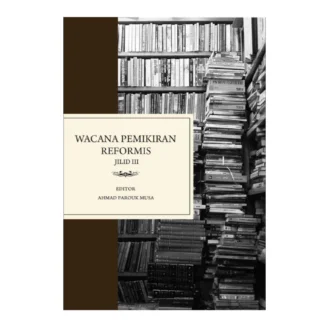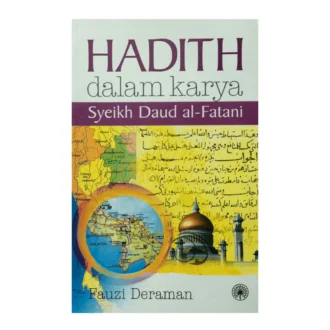The content of Islam and Confucianism: A Civilizational Dialogue is comprised of a selection of papers that were originally presented at the historic International Seminar on Civilizational Dialogue between Islam and Confucianism, held at the University of Malaya, Kuala Lumpur on 13-15 March 1995. Written by a group of distinguished scholars of Islam and Confucianism, social activists, and ideologues of inter-religious and inter-civilizational dialogue, the book covers a wide range of topics related to the central theme of past and present encounters and interactions between Islam and Confucianism and the future prospect of a more energetic and creative dialogue between the two religions and civilizations.
Contributors include Anwar Ibrahim, Tu Weiming, William Chittick, Chandra Muzaffar, Wang Gungwu, Sachiko Murata, and Osman Bakar. As a whole, Islam and Confucianism: A Civilizational Dialogue may serve as an invaluable introductory reading on similarities and differences between Islam and Confucianism, and on the meaning and significance of civilizational dialogue between them, not only for Muslim-Chinese relations in countries like Malaysia, Singapore, Indonesia, and China but also for the future of human civilization in the let century.
Much has been said and written about the historical encounters between Islamic and Western civilizations, the extent of their interactions and mutual influence, and the impact of these encounters on world history and culture. In contrast, very little is known about the encounter between Chinese and Islamic civilizations, at least outside China and to non-specialists in the field. It is even less known than the encounter between Indian and Islamic civilizations.
This is all the more surprising considering the fact that the encounter between Chinese and Islamic civilizations took place much earlier and that there were a lot of interactions between them, especially during the Mongol period, at various levels including the scientific and technological, economic, political, and military. The Muslim-Maalay world itself had developed over the centuries a wide range of relationships with China.
The multi-level and multi-facet encounters between Chinese and Islamic civilizations should be made better known to the modern world. There are several important reasons why we need to reveal this encounter to the world in all its dimensions. First of all, in the contemporary world in which no culture can exist in isolation from the rest of world cultures, it is a virtue to carry out activities that could bring about greater mutual understanding especially among the major cultures.
Chinese and Islamic civilizations are, in fact, major world civilizations, both in terms of territorial and demographic size and of impact and influence on other civilizations. The two civilizations are moreover still very much alive. China and the Muslim world each have a population of about a billion people. Between them, they constitute more than forty percent of the present human race.
Chinese civilization, as we all know, is one of the oldest human civilizations. And yet as a civilization that can be called distinctively Chinese, not only does it continue to show great vitality, but it also holds a great promise for the future. In spiritual and moral terms, contemporary China is witnessing a rebirth of Confucianism and also of its other national religions including Islam. In economic terms, according to a forecast made by the World Bank, by 2020, the same year Mahathir Mohammad wants Malaysia to emerge as an advanced industrialized Muslim state, China would overtake the United States of America as the world’s biggest economic power.
By comparison, the Muslim civilization is relatively young. Indeed, it is the youngest of all the world’s religious and spiritually-based civilizations. Young and robust, although today still not at ease with itself, unlike during its glorious past when it had abundant self-confidence, and although yet to rediscover fully its own civilizational identity after centuries of the onslaught on all fronts by modern, secular Western civilization. Muslim civilization is presently undergoing a spiritual rebirth and an intellectual rejuvenation that manifests itself in ways and magnitudes that baffle many modern minds, especially those who, under the influence of positivistic ideologies of 19th century Europe, has predicted the “death of God” and thus the end of all organized traditional religions.
Today, far from being buried in the dustbin of history, religion is making a comeback. Contemporary religious revival is not restricted to any one particular religion. It has become a universal phenomenon. But more than any other religion, it is Islam that has been at the forefront of worldwide religious revival during the second half of the 20th century. In countries like Malaysia where Islam is the dominant religion and Muslims constitute the majority population, Islamic resurgence has inspired and influenced religious revival among their respective minority religions.
With vast human and natural resources and inspired by a long history of civilization, both China and the Muslim world are likely to play a more assertive and influential role on the international scene in the very near future. Fruitful encounters between civilizations encompassing numerous aspects of human life and thought ought to be encouraged. Were Chinese and Islamic cultures to engage in another large-scale creative interaction, we could expect them to make an important contribution to the future well-being of mankind. It is a fact that, throughout history, an active encounter and interaction of religions has always resulted in mutual influences and benefits.













Reviews
There are no reviews yet